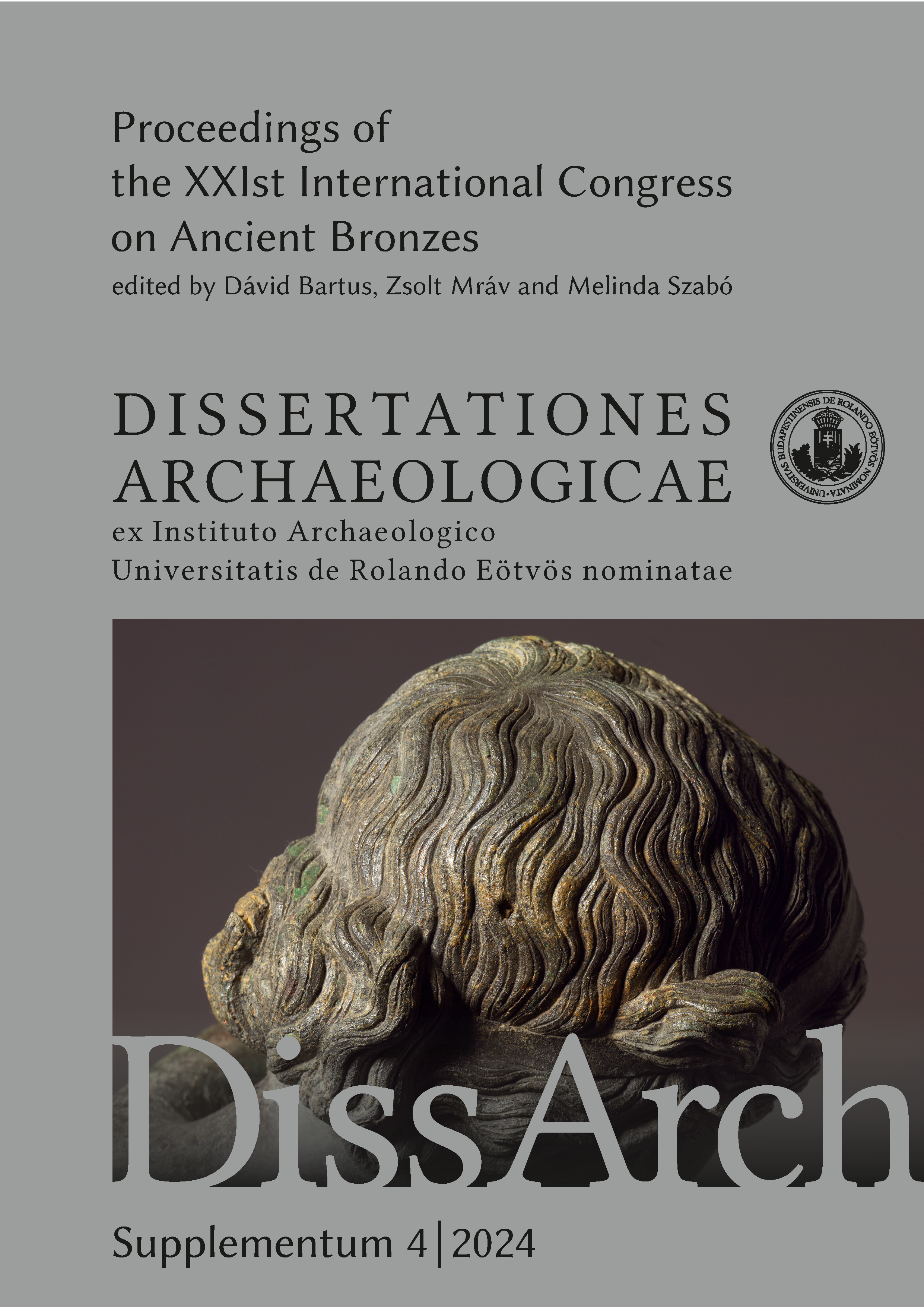Small bronzes as votive offerings from the Sanctuary of Diana in Nemi: A preliminary analysis on their context and iconography
Published 2024-09-30
Keywords
- Nemi,
- sanctuary,
- offerings,
- bronze,
- figurines
How to Cite
Abstract
The Sanctuary of Diana in Nemi is one of the most important archaeological sites in central Italy: the complex, built on different levels, consisted of three terraces with a great temple, a theatre, a nymphaeum and also other facilities, dating from the VII century BC to the Severian Age, with traces of destruction in the IV century AD.
Since 2003, the University of Perugia carried on archaeological excavations in various parts of the Sanctuary, cooperating with both the Soprintendenza of Lazio and, from 2014, the Ludwig- Maximilians Universität of München.
A considerable amount of materials has been brought to light from the site, of which votive bronze small-casted figurines are just a small part. Many of them represent gods, heroes and normal human beings, but there are also parts of human bodies or gods features.
So, aim of this paper will be a preliminary analysis of these figurines, primarily to identify the subjects and then to describe their productive techniques. Finally, starting from the contexts of provenance, each one will be described and put in relation with parallels, not only to find a suitable chronology, but also to understand the meaning behind their use in such an important historical and archaeological place.


